If you read my post, 5 Hobbies that help Depression and Anxiety, then you already know I’m a big believer in Photography as a tool for Mental Health. But is Photography a form of mindfulness?
This was the question I had for my therapist. I mean let’s be honest, I didn’t really understand what mindfulness was and anxiety was becoming an unwelcome companion almost every day.
“Yes,” she responded, “you can practice mindfulness while doing practically anything as long as you are fully present and aware while doing that thing”.
I thought, if mindfulness and photography can go together like some sort of dynamic duo then sign me up. I mean, if combining the art of simply being present with the creativity of capturing life’s moments can create a healthy coping mechanism then I need to know more. Especially, will it work?
Books for Anxiety and Depression
I Have Anxiety, can mindful photography help?
So I’ve had anxiety pretty much since my college days. If you remember me, just know that’s what it was.
I wasn’t that weird.
OK, maybe a little but mostly I was just a quiet person who was sort of worried that I might have schizophrenia or something.
OK, maybe I was weird.
Anyway, I don’t remember having anxiety as much in High School but I was still a shy introvert, and socially awkward. I’m sure I had some form of anxiety but I didn’t really start to experience panic attacks until college.
Since I’ve been diagnosed with General Anxiety Disorder. That pretty much sums it up well these days, general anxiety, usually with no reason I can put my finger on. I honestly think at some point it turned into just having anxiety about the possibility of having anxiety.
Like, waking up and asking yourself, “Are you going to have anxiety today?” and then proceeding to have anxiety because you thought about it, and thought about some more, and some more.
Oh god, help me!
What is Mindfulness and What is Mindful Photography?
“The eye should learn to listen before it looks.”— Robert Frank Share on XIn the quote above, Photographer Robert Frank emphasizes the importance of perceiving the world beyond just what you can see. It’s about using all your senses. Perhaps he was a photographer practicing mindful photography.
Now, keep in mind, I am not a mental health professional. I’m a student of the practice. As I understand it, mindfulness is the practice of intentionally directing your undivided attention, including all your senses, into the present moment without judgment.
The idea is that you should maintain an attitude of openness, curiosity, and acceptance of all thoughts, feelings, etc. Mindfulness encourages a non-reactive and compassionate stance towards whatever is happening in the present moment.
In turn, this is supposed to foster greater clarity, calmness, and general overall well-being.
So for us Photographers, mindfulness is basically just combining all these principles with the art of photography. Already, when we pick up a camera, we automatically enter a state of heightened awareness. Right?
We start paying attention to the details of our environment. We look at the play of light and shadow, the interplay of colors, and the intricate textures that surround us. As we frame our shot and adjust our settings, our focus narrows even more as we block out distractions and focus on the beauty before us.
Photography = Mindfulness
It involves bringing full attention and awareness to the present moment while taking photographs, and noticing details, textures, colors, and compositions with a sense of curiosity and openness.
Wait, did I just say openness? Usually, I’m judging myself so I’m going to have to work on that.
You see, with mindful photography, the emphasis is not on capturing the perfect image, but rather on using the act of photography as a tool for connecting with the present moment.
You might grab your camera and go for a walk. Now slow down, close your eyes, stop, and listen. Now take a few deep breaths before opening your eyes. Observe your surroundings with a heightened sense of awareness. What did you hear? Now with eyes open, what do you see?
Mindful photography can also involve themes, self-expression, or personal exploration. Like maybe you are out in the woods looking for nature’s patterns. You’re exploring textures and shapes found in nature, such as the veins on a leaf, ripples in water, or the bark of a tree.
Overall, it’s about using photography as a mindful practice to cultivate presence, appreciation, and a deeper understanding of oneself and the world around us.
Now, you might think that just sounds like you doing photography without even thinking about it. I mean, I know when I’m taking photos I can get really absorbed in the process. My mind is constantly searching for the next subject or considering camera settings, etc. I’m lost to photography.
Maybe that’s why photography pairs so well with mindfulness.
But, we have to be careful because you can be lost in photography at the expense of the experience. If we wish to remain mindful of both, the experience and the art of photography, then we have to practice. Here are some strategies for the Mindful Photographer.
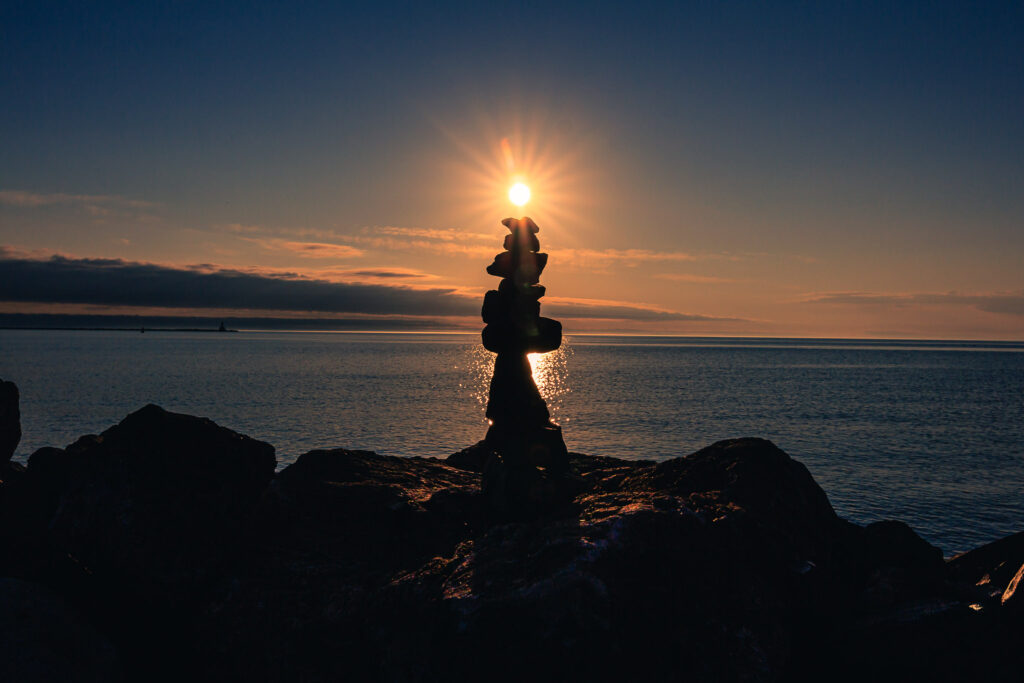
How to Use Photography for Mental Health – 10 Strategies for The Mindful Photographer
Here are 10 Strategies or techniques to consider while practicing mindfulness along with Photography.
1) Set Boundaries: Be mindful of not letting photography take over the whole experience. Mindfulness encourages us to be fully present and aware of the moment. Sometimes that moment is about an activity, event, or spending time with loved ones. Sometimes that moment is about photography. Designate specific times for each.
2) Set Intentions: Make your intentions clear to yourself. This outing is as much about practicing mindfulness as it is about photography. How much time will you spend taking photos and how much time will you spend experiencing the moment? It might even be a good idea to limit how many photos you will take.
3) Mindful Preparation: Before shooting, take a moment to prepare by doing a mindful exercise such as deep breathing or a body scan to ensure you are in the present moment.
4) Shoot and Observe: If you have your camera glued to your eye then you’re not giving yourself a chance to actually connect with the world outside your lens. Take a few shots and then reset so that you can connect with the experience.
5) Slow Down: If you are one of those spray-and-pray photographers then you need to rethink your strategy. Slow down and take the time to observe your surroundings or subject. If you limit how many photos you will take as suggested in strategy #2 above it will cater to this. You will automatically become more thoughtful of your composition.
6) Use Your Senses: See, listen, smell, and touch the different sights and textures around you. Watch how the light mingles with the shadows. Take the time to experience and appreciate the details of your environment before capturing them with your camera.
7) Be Curios and Non-Judgment: This one might be hard for some of us. We want to look at the back of the screen and judge, if this is bad, or good.
But instead, approach your photography with a sense of curiosity and openness. Let go of preconceived notions of what makes a “good” or “bad” photograph.
Just explore your environment or subject with a sense of experimentation. Allow yourself to be curious about the world around you and the images you create, without judging or critiquing them.
8.) Check in with Yourself: Hey, how are you doing? Have you become too focused on taking photos and forgot about being fully present in the moment? I know I did. So just set the camera down for a moment, take a deep breath, look around, re-center, and connect with the moment.
Using photography as Mindfulness Examples
OK, let’s recap quick quick. So far we’ve found out that photography is a form of mindfulness. We’ve also found out that I have anxiety and if you’re still here reading this, then you probably do too.
We’ve talked about Mindfulness, Mindful Photography, and 10 Strategies to employ while engaging in mindful photography.
Now, let’s put it to use in an actual assignment/activity.
If you have encountered Mindfulness before then you probably have heard of the 54321 grounding exercise. You know, 5 things you can see, 4 things you can touch, 3 things you can hear, 2 things you can smell, 1 thing you can taste.
Well, let’s take this same grounding exercise and turn it into a photography assignment. You can do this in your current environment, or you can decide to grab your camera and go for a walk in nature, the city, or wherever.
Using the strategies and techniques we discussed above, observe and photograph the following.
5 Things You Can See
You got this! Pretty self-explanatory, what do you see?
4 Things You Can Touch
Look for textures, things that remind us of our sense of touch, and photograph that.
3 Things You Can Hear
How do you photograph sound? There is an interesting post on aperture.org called “Noisy Pictures” where you can get some ideas. You’re going to have to employ some creativity to have your photographs convey a sense of sound. You’re creative though, I know you are up to the challenge.
One thing you can try is using motion blur as a means of expressing movement or a disturbance that can suggest the presence of sound.
Example: Example, imagine the roar of water cascading over a cliff’s edge and plunging into a tranquil pool below. The white haze of crashing water lifts into the air, disrupting the surrounding silence with its reverberating echoes. Can you hear it?
Other ideas include environmental clues, such as photographing objects or scenes that are typically associated with sound. Additionally, capturing emotional expressions such as someone screaming, singing, or reacting to noise can prompt viewers to think about the auditory experience.
2 Things You Can Smell
What can you smell? Look for things that evoke a sense of smell, such as flowers, cooking, baked goods, or the steam rising from a cup of coffee. You could even capture an intriguing photo of a nose, either human or animal, to prompt viewers to consider the olfactory experience. Wow, I think that’s the first time I’ve ever used that word in a sentence.
1 Thing You Can Taste
Last, but certainly not least, what can we Taste? Go ahead, lift the camera, and take the shot of that girl taking a sip of her Caramel Macchiato. Wait, what about that guy about to take a bite of his pie?
OK, yeah, I get it, you’re alone in the woods but maybe there is a rabbit eating something or a squirrel. I mean, use your imagination everyone.
Final Thoughts on Mindful Photography
So, is photography a form of mindfulness? Absolutely! Think about it: when you’re out there snapping pics, you’re totally in the zone, right? You’re not worrying about yesterday’s drama or tomorrow’s to-do list – you’re just in the moment, capturing life as it happens.
And for those of us dealing with anxiety or whatever, photography can be like a secret weapon. Seriously, it’s not just about taking pretty pictures; it’s about being present, noticing the little things, and maybe even finding a little bit of peace in the chaos.
I know it sounds simple, just click and go. But trust me, there’s some real magic in slowing down, taking a deep breath, and really seeing the world around you. It’s like therapy, but way cheaper!
So next time you’re out and about, grab your camera and give it a shot. Who knows what cool stuff you’ll capture and how much better you’ll feel?
As for me, I’ll be out there, camera in hand, ready to capture the world’s wonders one mindful shot at a time.
Have you Tried Mindful Photography
If you’ve tried or are thinking about trying Mindful Photography let’s hear about it. What was your experience? Share them in the comments below.



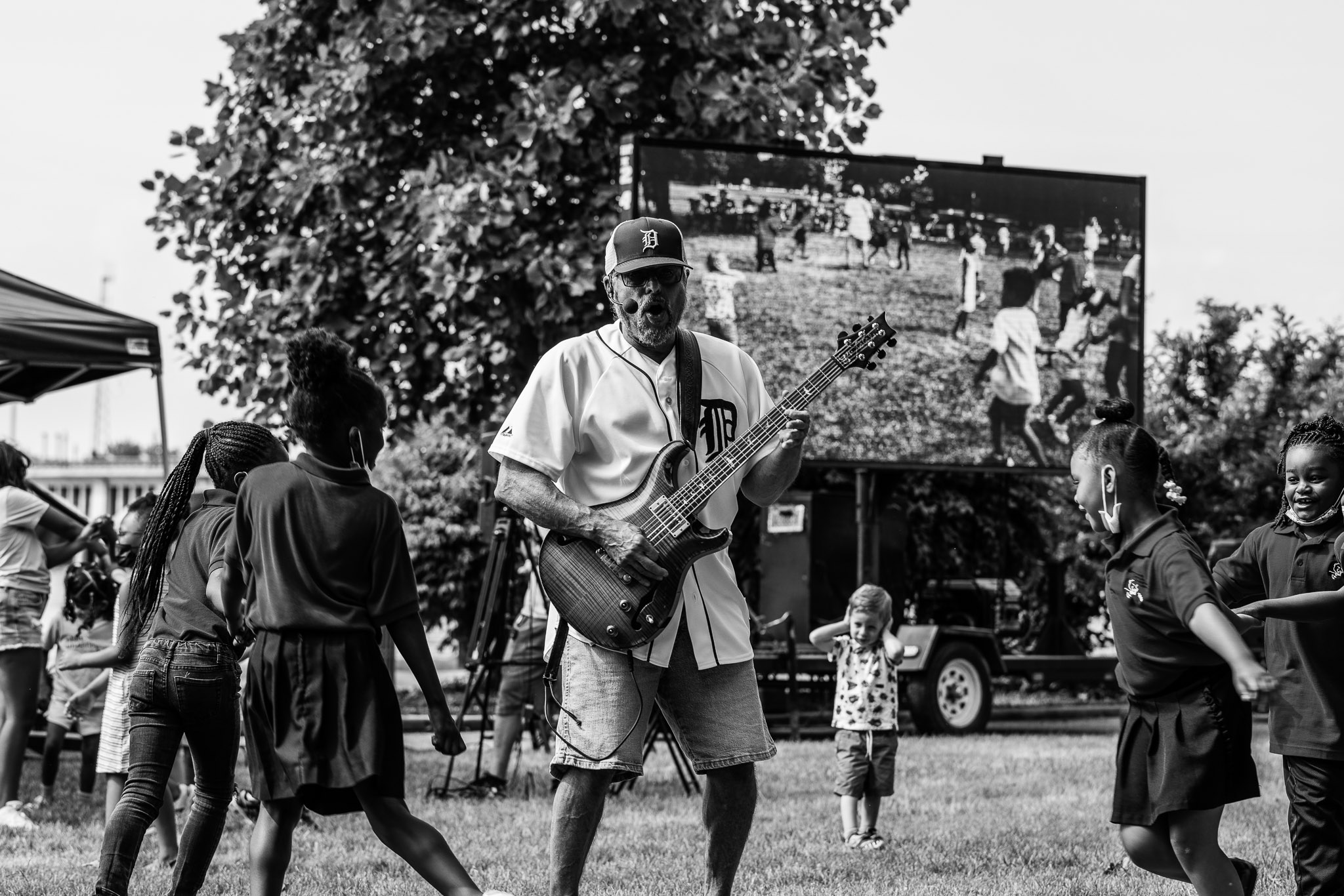
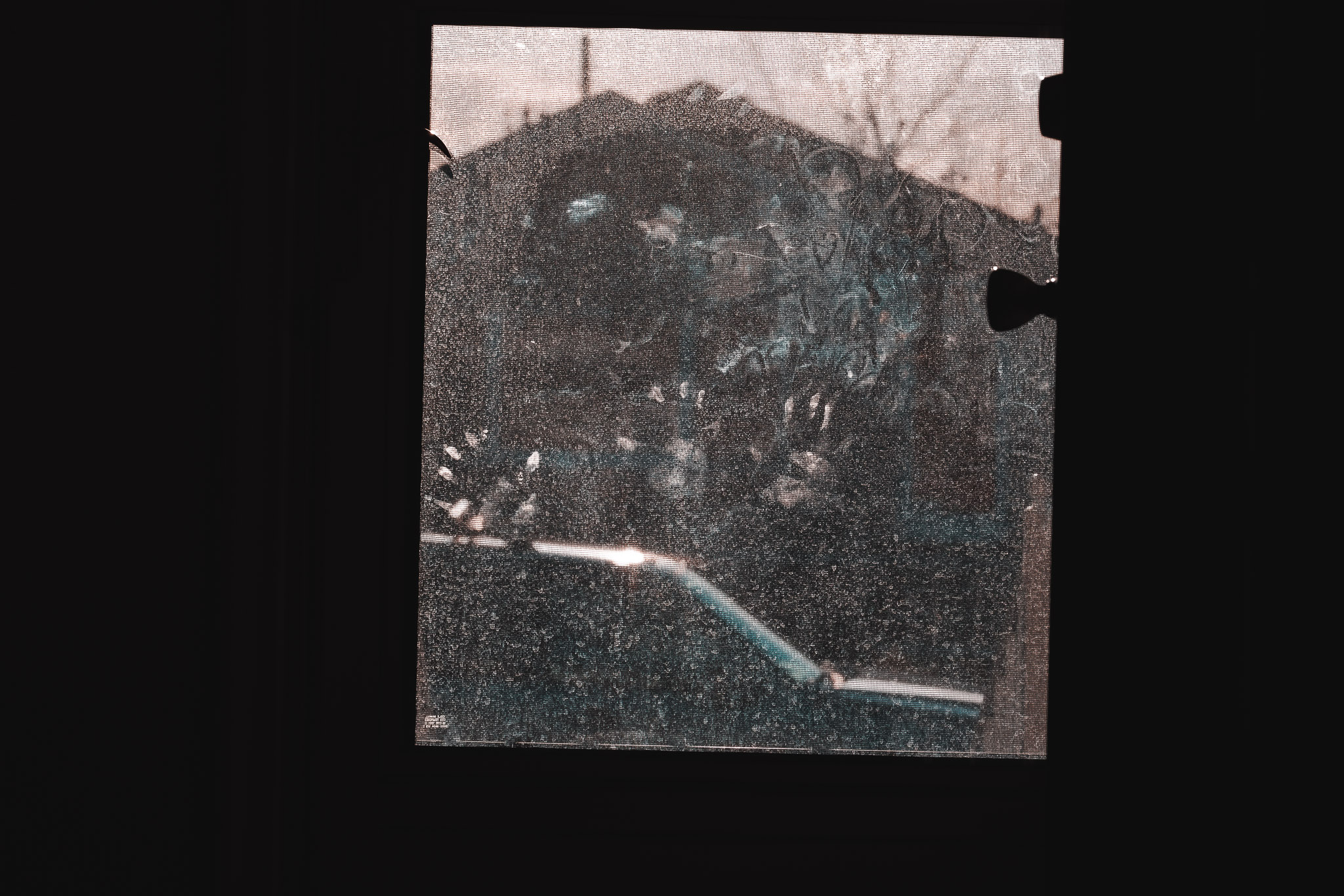
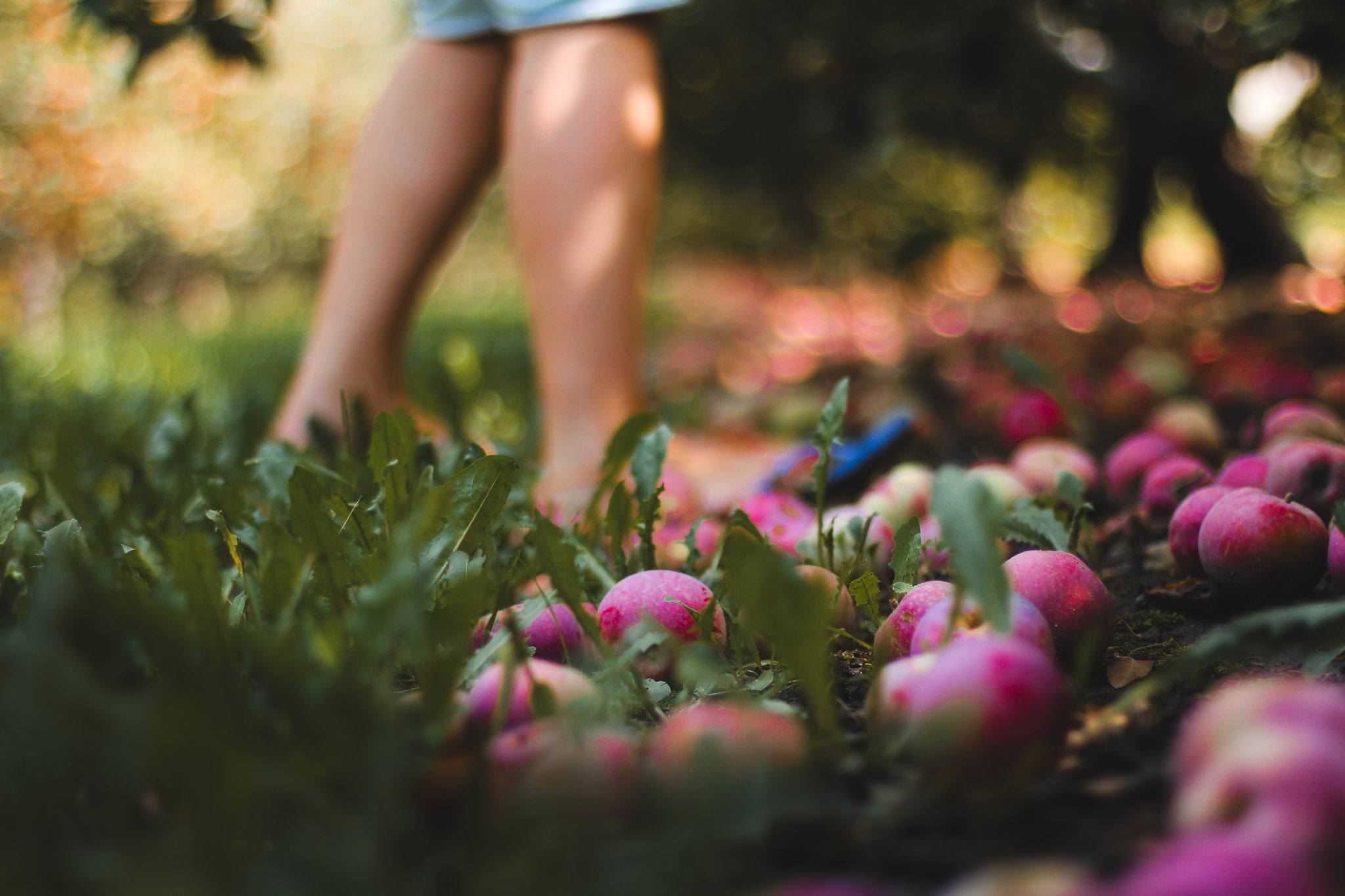
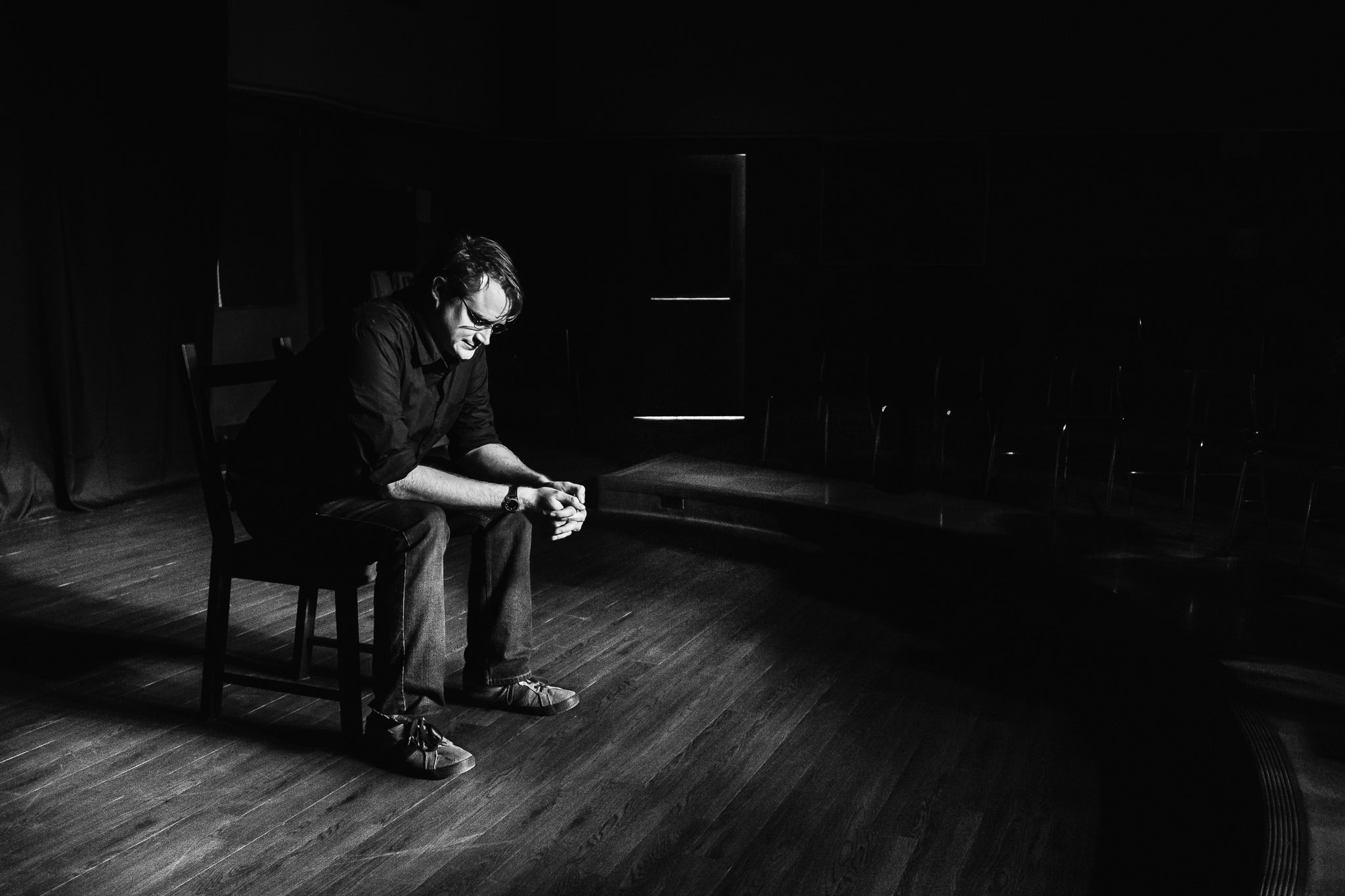


Leave A Comment